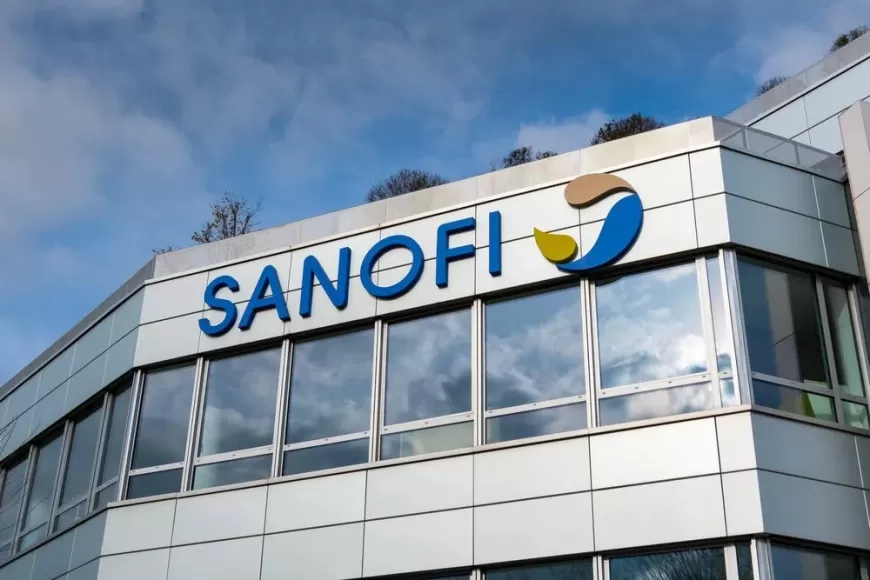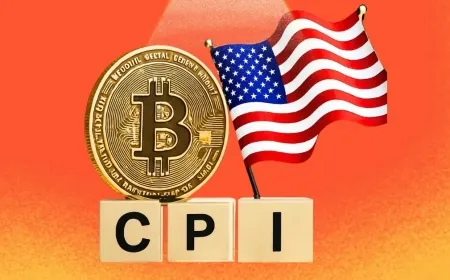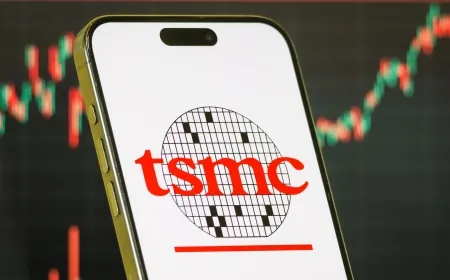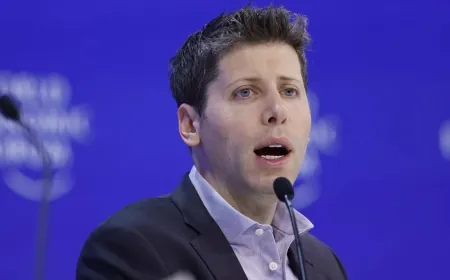Goldman Sachs, Citi Among 22 Banks Backing Sanofi Consumer Health Buyout with €8.65 Billion Financing
Goldman Sachs and Citigroup are among 22 banks supporting Clayton Dubilier & Rice’s €8.65 billion acquisition of a stake in Sanofi’s consumer health division. Learn more about this major buyout deal and how global banks are involved.

Goldman Sachs and Citigroup are two of the 22 banks providing major financing for Clayton Dubilier & Rice’s (CD&R) purchase of a stake in Sanofi’s consumer health division. The buyout, valued at €8.65 billion ($9.4 billion), is supported by loans and bonds in both euros and U.S. dollars. The financing is expected to be finalized in the coming days, as reported by people close to the deal.
Key Players in the Deal
This buyout involves a wide range of global financial institutions, including Barclays, BNP Paribas, Goldman Sachs, Citigroup, Morgan Stanley, and Societe Generale. These major banks are taking leading roles in the funding process, helping to structure the debt necessary to support the acquisition. Typically, fewer banks are involved in such deals, but the size and complexity of this transaction have led to the participation of 22 banks, each of which will receive a smaller share of the fees compared to usual buyouts.
This deal comes at a time when banks are keen to return to funding leveraged buyouts (LBOs). An LBO is when a company borrows money to buy another business, and the hope is that the recent interest rate cut by the Federal Reserve will lower the cost of borrowing, making these transactions more attractive. The Sanofi buyout is one of the largest deals of its kind in Europe this year.
How Citi and Goldman Sachs Are Involved
Citi has been advising CD&R on the acquisition, while Goldman Sachs and Morgan Stanley are managing the sale on Sanofi’s side. Meanwhile, JPMorgan Chase & Co. advised PAI Partners, a rival bidder for the deal. It remains uncertain whether JPMorgan will be part of the financing structure now that CD&R has secured the deal.
None of the involved banks, including Citi, Goldman Sachs, BNP Paribas, JPMorgan, and Morgan Stanley, have made any public comments. Sanofi, too, has referred all inquiries to CD&R. Barclays, another key player, has yet to respond to requests for comment.
Unusually Large Number of Banks Involved
One of the unique aspects of this deal is the involvement of 22 banks, which is significantly higher than in typical LBO transactions. Usually, only a handful of banks share the fees from such deals, but the scarcity of major mergers and acquisitions (M&A) this year has led sponsors to include more financial institutions. Each bank’s share of the fees is smaller than usual, but participating in such a high-profile deal is still attractive for many banks.
The leading banks, known as global coordinators, will take a more active role in selling the debt to investors. This gives them a larger portion of the fees. Some banks will manage a €5.45 billion term loan, split between euro and U.S. dollar tranches. The euro loan will be priced at 350 basis points above Euribor, while the U.S. dollar loan will be priced at 325 basis points over SOFR. Additionally, there will be a €2 billion bridge loan, which will eventually be replaced with high-yield bonds. These bonds are expected to carry interest rates of 7.5% for the euro portion and 8.5% for the dollar portion. A revolving credit line worth €1.2 billion is also part of the financing package.
Private Credit Funds Involved
Interestingly, CD&R opted not to use over €1 billion of additional bank financing that had been set up for the deal. Instead, they secured this amount through a “payment-in-kind” (PIK) loan from private credit funds. This type of loan allows the company to defer interest payments, providing more financial flexibility. Private credit funds are increasingly playing a key role in such deals, as companies look for alternative financing options outside traditional banking.
What This Means for the Market
The Sanofi buyout shows how eager banks are to re-enter the leveraged buyout market, especially after the first interest rate cut in years. Lower borrowing costs could lead to more LBOs and large-scale acquisitions like this one. It also highlights the growing importance of private credit funds, which are now critical players in financing major corporate deals.
For readers, this transaction demonstrates how large corporations secure the capital needed for acquisitions, using a combination of bank loans and private credit. As interest rates continue to evolve, we can expect more deals like this, especially in sectors like healthcare and consumer goods, where companies are looking to expand and strengthen their market positions.
Also Read: Morgan Stanley Q3 Profit Surges 32% on Dealmaking and Wealth Management Gains































































